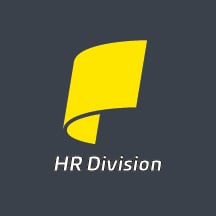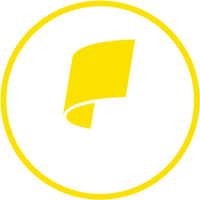With record-low unemployment, a strong economy, and new generations entering and changing workplace dynamics, the challenge to attract and retain top talent has never been greater
Recently, Amazon announced that it plans to spend that more than $700 million to train 100,000 employees, at all levels within the company, for higher-skilled jobs over the next six years. Other companies, like Walmart, are offering incentives and new programs to pay for college prep for its high school employees.
And there's a growing movement among U.S. businesses to cut the standard workweek to four days. According to a study conducted last year by the Workforce Institute at Kronos, 40 percent of workers surveyed would prefer a four-day workday. These are just a few examples of how companies are trying to attract and retain workers in the tightest labor market in U.S. history.
Enhancing the Employee Experience
 To compete, businesses need to be more innovative and strategic than ever before about investing in programs that make them a more attractive employer. One way is by enhancing the employee experience through career development. Instead of career ladders, career development programs shift the responsibility of career success directly to the employees. Based on an employee's personal and professional goals, this new approach to career success is more flexible and moves in many different directions. It allows employees to explore new roles within the company instead of seeking job opportunities at elsewhere.
To compete, businesses need to be more innovative and strategic than ever before about investing in programs that make them a more attractive employer. One way is by enhancing the employee experience through career development. Instead of career ladders, career development programs shift the responsibility of career success directly to the employees. Based on an employee's personal and professional goals, this new approach to career success is more flexible and moves in many different directions. It allows employees to explore new roles within the company instead of seeking job opportunities at elsewhere.
Benefits of career development include:
- Improved job satisfaction. When employees are in control of their own success and are working in an environment where their skills are valued, they are happier in their jobs.
- Increased performance and engagement. The lack of engagement is costly. When employees are satisfied with their job and value the company, they are more productive.
- Well-skilled workforce. Maximizing an employee’s potential allows organizations to keep up with the rapid pace of business.
- More effective recruitment and retention efforts. Satisfied employees positively impacts workforce culture and in turn, attracts better candidates.
- Stronger bottom line. Strengthening the employee experience not only drives performance, but it also impacts the bottom line.
Getting Started
Here are a few areas to consider for creating a career development program.
Define a purpose beyond pay. Today’s employees not only want to find meaning at work, but they also want to work for a company that has a clearly defined purpose beyond pay and profits. Research studies suggest that when leadership supports a cause that serves the community, the company increases productivity and experiences a higher growth rate.
Provide self-assessment tools. Assessments help employees identify and leverage individual strengths in ways that benefit both the company and the individual.  Provide guidance for developing a career plan. Shift the responsibility of career success away from the supervisor and directly to the employee. Empower employees to take ownership of their career and help them create a plan for that looks like.
Provide guidance for developing a career plan. Shift the responsibility of career success away from the supervisor and directly to the employee. Empower employees to take ownership of their career and help them create a plan for that looks like.
Help to develop professional skills. Aligning the needs of your business with the skills and strengths of your employees is a more strategic approach than hiring based on growth. As companies grow, roles are likely to change, which reveals gaps in skills and competencies that need to be addressed. By creating a strengths-based work culture, businesses can acquire necessary skills, such as analytical knowledge, leadership skills, and strategic thinking, and employees are more prepared for future opportunities.
Connect employees with mentors. Mentors are valuable in helping employees advance their careers and think about their career path in a more logical way.
Improved training programs. Companies must devote more resources to career planning to ensure that employees can enhance their skills.
Create mechanisms to track progress. To be successful, employees should feel they are working in an environment where they can thrive and make a difference. While the commitment to ongoing measuring and tracking of an employee's career development process is the employee's responsibility, management has the responsibility to support and provide guidance along the way.
Establishing a career development approach is one of the most cost-effective ways to maximize the potential of your workforce, and build an environment where top candidates want to work, and top employees want to stay.
Propel HR is proud to be partner with Kronos, a leading provider of workforce management and human capital management(HCM) cloud solutions. As a Kronos Workforce Ready® partner. we can help your business manage your entire workforce from pre-hire to retire — whether salaried, hourly, full time, or part time.











